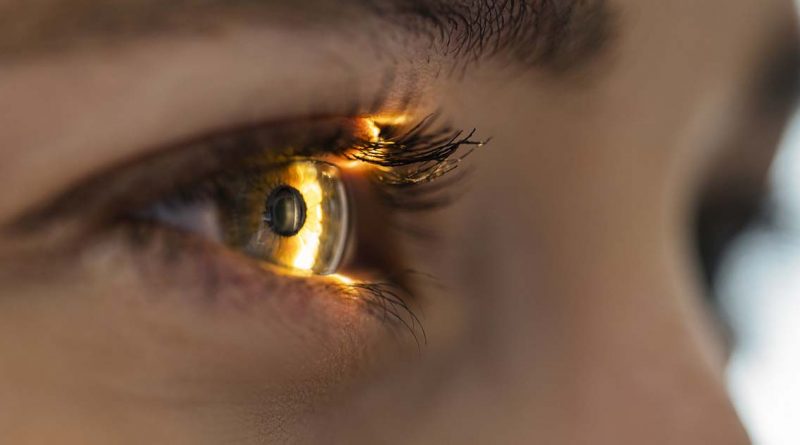AI-driven eye scans detect signs of Parkinson's disease early on
Researchers at Moorfields Eye Hospital and the University College London have used artificial intelligence technology to pinpoint markers within eye scans and identify the existence of Parkinson’s disease an average of seven years before clinical symptoms manifest.
The research, published in Neurology and claimed to be the largest of its kind, suggests the power of AI to dissect retinal imaging to uncover precursors to Parkinson’s long before a diagnosis is made.
For the examination, a detailed cross-section of the retina is recorded using optical coherence tomography. These images are extremely high-resolution and accurate to within a thousandth of a millimeter.
With the help of AI-based machine learning technology, such images can then be analyzed at short notice for any abnormalities. If irregularities occur, a doctor can take another close look at them and take appropriate steps.
Leveraging the extensive AlzEye dataset, the team’s analysis was replicated using the expansive UK Biobank database.
In previous autopsies of Parkinson’s patients, it was found that the inner nuclear layer of the retina is thinned out – it was precisely this abnormality that the researchers were looking for.
WHY THIS MATTERS
While high-resolution retinal images are a staple in eye care, the OCT scans, capable of revealing intricate details of the retina in mere seconds, has expanded their utility.
These scans expose layers of cells beneath the skin’s surface, offering a non-invasive avenue to scrutinize the body’s inner workings.
The capabilities go beyond observation, as AI-driven machine learning digs deep into the data, uncovering concealed clues that fall outside human perception.
If such signs are detected, people would have time to change their lifestyle and could thus delay the onset of Parkinson’s disease through stress avoidance, more exercise and a healthier diet.
THE LARGER TREND
The breakthrough aligns with the burgeoning field of “oculomics,” where eye scans illuminate hidden signs of various neurodegenerative disorders like Alzheimer’s, multiple sclerosis and schizophrenia.
The study also underscores how the eye serves as a remarkable gateway to holistic health insights.
This emerging oculomics frontier has emerged through a robust collaboration between the NIHR Biomedical Research Centres at institutions including Moorfields Eye Hospital and University Hospital Birmingham.
AI is also being used to screen for anxiety and cognitive disease, with Hackensack Meridian Health recently partnering with AI-driven speech analysis start-up Canary Health to provide proactive screening in real time with algorithms built to augment standardized clinical assessments.
Canary Speech is also researching voice assessments for diseases like Huntington’s, Alzheimer’s and Parkinson’s, as well as for PTSD and other conditions.
ON THE RECORD
“I continue to be amazed by what we can discover through eye scans. While we are not yet ready to predict whether an individual will develop Parkinson’s, we hope that this method could soon become a pre-screening tool for people at risk of disease,” said Siegfried Wagner, clinical research fellow at Moorfields Eye Hospital.
“Finding signs of a number of diseases before symptoms emerge means that, in the future, people could have the time to make lifestyle changes to prevent some conditions arising, and clinicians could delay the onset and impact of lifechanging neurodegenerative disorders.”
Follow Bill’s HIT coverage on LinkedIn: Bill Siwicki
Email him: [email protected]
Healthcare IT News is a HIMSS Media publication.
Source: Read Full Article



